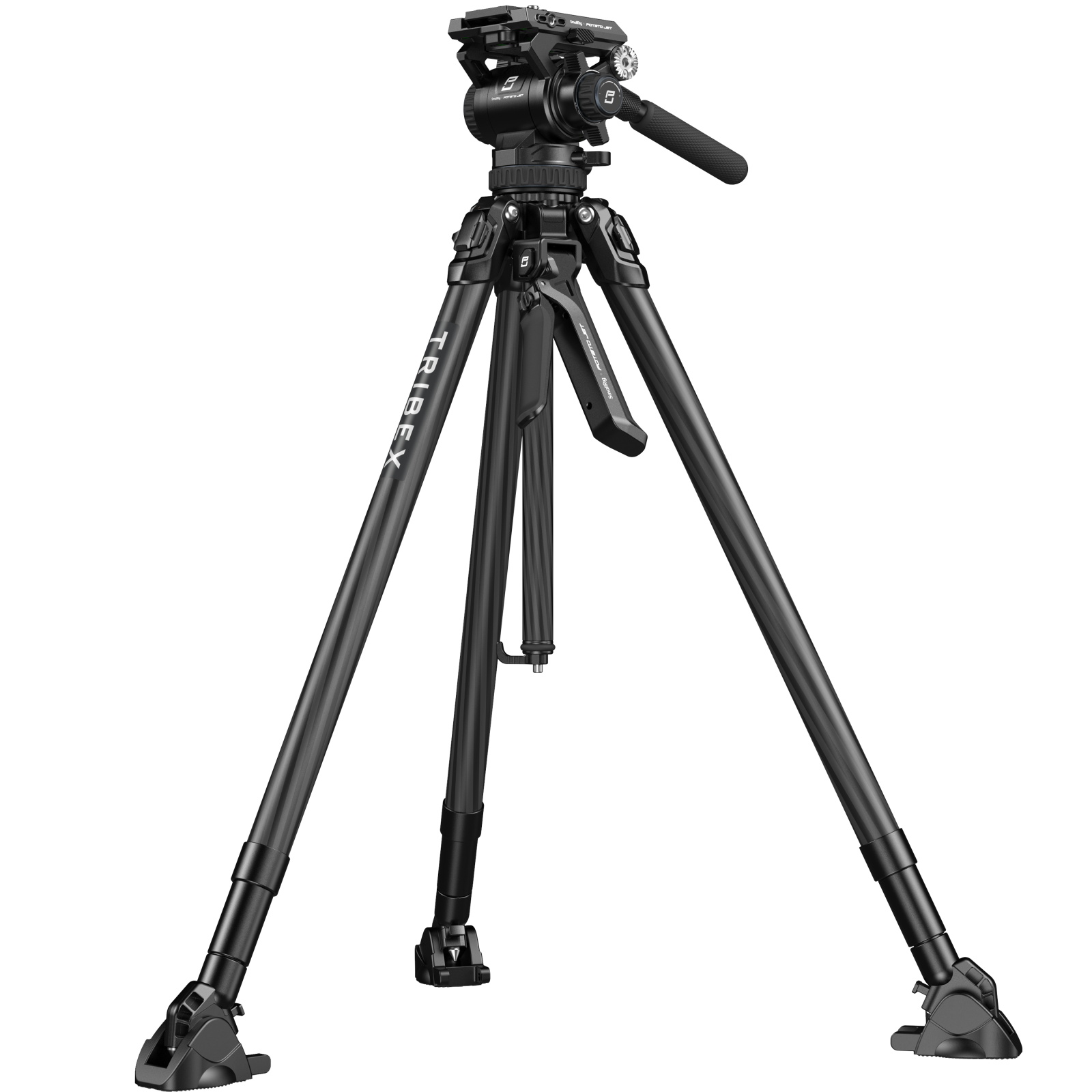Unlock the Secrets of Heavy-Duty Tripods: Elevate Your Photography Game Today!
In the world of photography, having the right equipment can make all the difference between a mediocre shot and a stunning masterpiece. One of the unsung heroes of this equipment lineup is the heavy-duty camera tripod. Unlike regular tripods designed for lightweight cameras or casual use, heavy-duty tripods offer unparalleled stability and support for professional-grade gear. Whether you're a seasoned photographer or an enthusiastic beginner, understanding the value of a heavy-duty tripod can significantly enhance your photography experience. In this article, we’ll dive into what defines a heavy-duty tripod, highlight key features to consider when making a purchase, explore various uses that can benefit from their stability, and share essential maintenance tips to ensure longevity. Let’s unlock the secrets to elevate your photography game!

Understanding Heavy-Duty Camera Tripods
Heavy-duty camera tripods are specifically designed to support larger, heavier cameras and lenses, providing the stability required for capturing high-quality images. Unlike standard tripods that may wobble or tip over under the weight of professional equipment, heavy-duty tripods are constructed from robust materials such as aluminum or carbon fiber, allowing them to withstand significant weight and environmental conditions. These tripods typically feature a higher weight capacity, often exceeding 20 pounds, making them suitable for DSLRs, mirrorless cameras, and even video cameras with heavy lenses. Additionally, heavy-duty tripods often include wider legs and a lower center of gravity, enhancing stability during shooting sessions. Such features ensure that photographers can achieve sharp images without the distraction of camera shake, particularly in challenging conditions like windy weather or on uneven terrain.
Key Features to Look For
When selecting a heavy-duty camera tripod, several essential features should guide your decision. First and foremost, height adjustment is crucial. Opt for a tripod that can extend to a comfortable working height while also being compact enough for easy transport. Leg locks are another vital feature; look for tripods with flip locks or twist locks that secure the legs firmly in place. This ensures quick setup and takedown while maintaining stability. Additionally, consider the type of tripod head you need—ball heads offer quick adjustments, while pan-tilt heads provide precision for video work. Many heavy-duty tripods also come with interchangeable tripod heads, allowing photographers to customize their setups based on specific shooting styles. Lastly, check for rubber feet or spiked feet options, which help with traction on various surfaces, ensuring that your tripod remains sturdy no matter the location.
Common Uses of Heavy-Duty Tripods
Heavy-duty tripods find their place in various photography scenarios, enhancing the overall shooting experience. For landscape photographers, these tripods provide the stability needed for long exposure shots, capturing the ethereal beauty of moving water or the stunning colors of sunsets. In studio work, heavy-duty tripods can support multiple lighting setups and ensure precise placement of the camera for portrait sessions. They are also invaluable for wildlife photography, where a stable platform is essential for capturing the perfect moment without the risk of camera shake. Alongside these uses, many videographers rely on heavy-duty tripods for smooth pans and tilts during filming, showcasing scenes with clarity and precision. Whether you’re shooting stills or videos, investing in a heavy-duty tripod opens up a world of creative possibilities.
Maintenance Tips for Longevity
To ensure your heavy-duty tripod lasts for years, proper maintenance is key. Start with regular cleaning; after shooting in dusty or muddy environments, wipe down the legs and head with a soft cloth. For more thorough cleaning, disassemble the tripod and clean each component individually to remove grime and debris. Pay special attention to the leg locks—these can accumulate dirt, which may impact their functionality. Proper storage is also crucial; when not in use, keep your tripod in a protective case to prevent scratches and damage. Avoid exposing it to extreme temperatures or humidity, as these conditions can deteriorate materials over time. Lastly, be mindful of the weight limit; exceeding the recommended load can lead to structural damage. By following these maintenance tips, you can maximize the lifespan of your heavy-duty camera tripod and ensure it remains a reliable companion on your photographic journey.
Maximizing Your Photography with Heavy-Duty Tripods
In summary, heavy-duty camera tripods are essential tools for photographers seeking to enhance their craft. Understanding the unique features and benefits of these tripods can empower you to make informed decisions when selecting the right one for your needs. From their superior stability and weight capacity to their varied applications in different photography scenarios, heavy-duty tripods offer unmatched support. Proper maintenance further extends their longevity, ensuring you get the most out of your investment. So, whether you're capturing breathtaking landscapes or shooting in a studio, remember that a heavy-duty tripod can help you achieve stunning results and elevate your photography game to new heights. Happy shooting!








